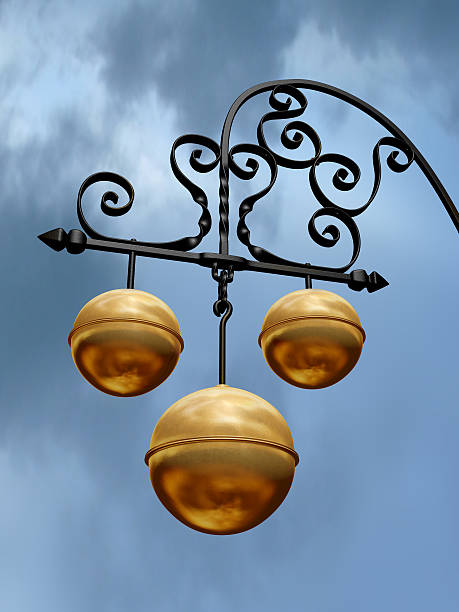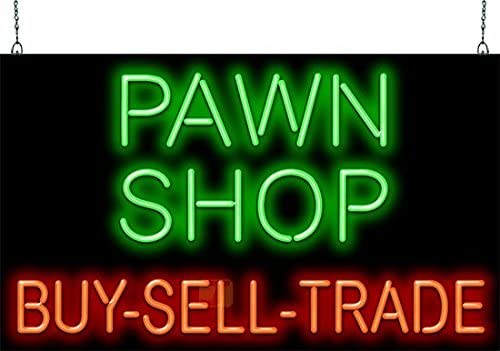The Pawnbroking Act and the Modern Pawn Shop
The pawn industry in the English-speaking world was regularized with The Pawnbrokers Act in England in 1872, which determined the interest rates. It revolutionized the structure of the pawnbroking industry by more clearly defining the rights and responsibilities of both pawnbrokers and customers.

Fast forward to today, and we see pawn shops all over the world, bridging the gap between those in urgent need of funds and the systematized banking sector. These shops provide immediate recourse to cash through collateral-based loans. Over the years, pawnbroking has evolved, but it has retained its central purpose: to provide a means for people to access money when they need it most.

The popularity of TV shows like 'Pawn Stars' has also put a spotlight on the industry, showcasing the intrigue and diversity of items that can come through a pawn shop’s doors, from rare collectibles to striking artifacts, precious jewellery, musical instruments, and much more.

In summary, from the monasteries of Ancient China, through the streets of medieval Europe, to the bustling cities of the modern world, pawnbroking has been a constant thread running through human history. Behind the walls of every pawn shop, there lies a narrative that encapsulates the essence of human necessity, entrepreneurial spirit, and the evolution of societal norms and economic practices. The fascinating origins of pawn shops serve as a testament to mankind's economic innovation and resilience.
